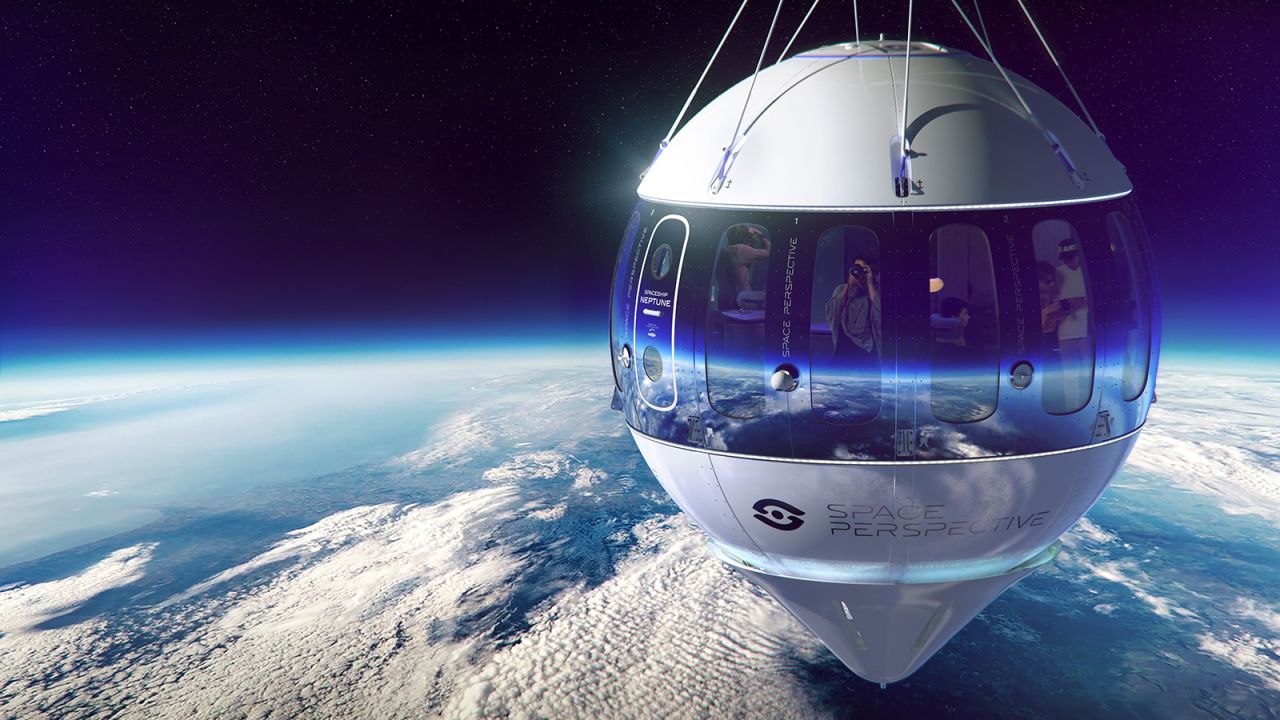



Sooner rather than later, we could be piloting passenger drones around Singapore or rocketing into Earth’s orbit to admire the world from the edge of space.
From autonomous taxis to passenger drones, biometric immigration tunnels, instant translation and hotels, here’s a peek at what’s coming down the runway.
Although controversial, biometric identification (automatically verifying one’s identity via fingerprints, facial recognition or iris scans) is quickly becoming the technology of choice at airports worldwide.
Considered a faster and more accurate way to screen passengers, biometrics can cut processing time for typical airport procedures – think baggage check-in, lounge access, boarding and immigration control – in half.
For example, in 2018, Dubai International Airport introduced biometric “Smart Gates” tunnels, which use facial recognition to verify travelers’ identities in as little as five seconds.
It’s as simple as it sounds: after deplaning, travelers walk into a tunnel, look at a green light, and then continue to baggage claim without waiting in line or interacting with an immigration officer.
Elsewhere in the world, facial recognition technology is already in use to some extent at Hong Kong International Airport, Tokyo Narita, Tokyo Haneda, Indira Gandhi International in Delhi, London Heathrow and Paris Charles de Gaulle, among other airports.
Meanwhile, the European Union plans to roll out an automated entry-exit system in 2024 that uses fingerprints and facial images to identify foreign travelers and streamline border control checks.
Airlines are also adopting biometric identification.
Emirates has created a “biometric pathway” at Dubai International Airport that enables passengers to pass through immigration and boarding without presenting their documents.
And in the US, major airlines like American Airlines, United and Delta have been experimenting with biometric check-in, bag drops and boarding gates at select airports for the last couple of years.
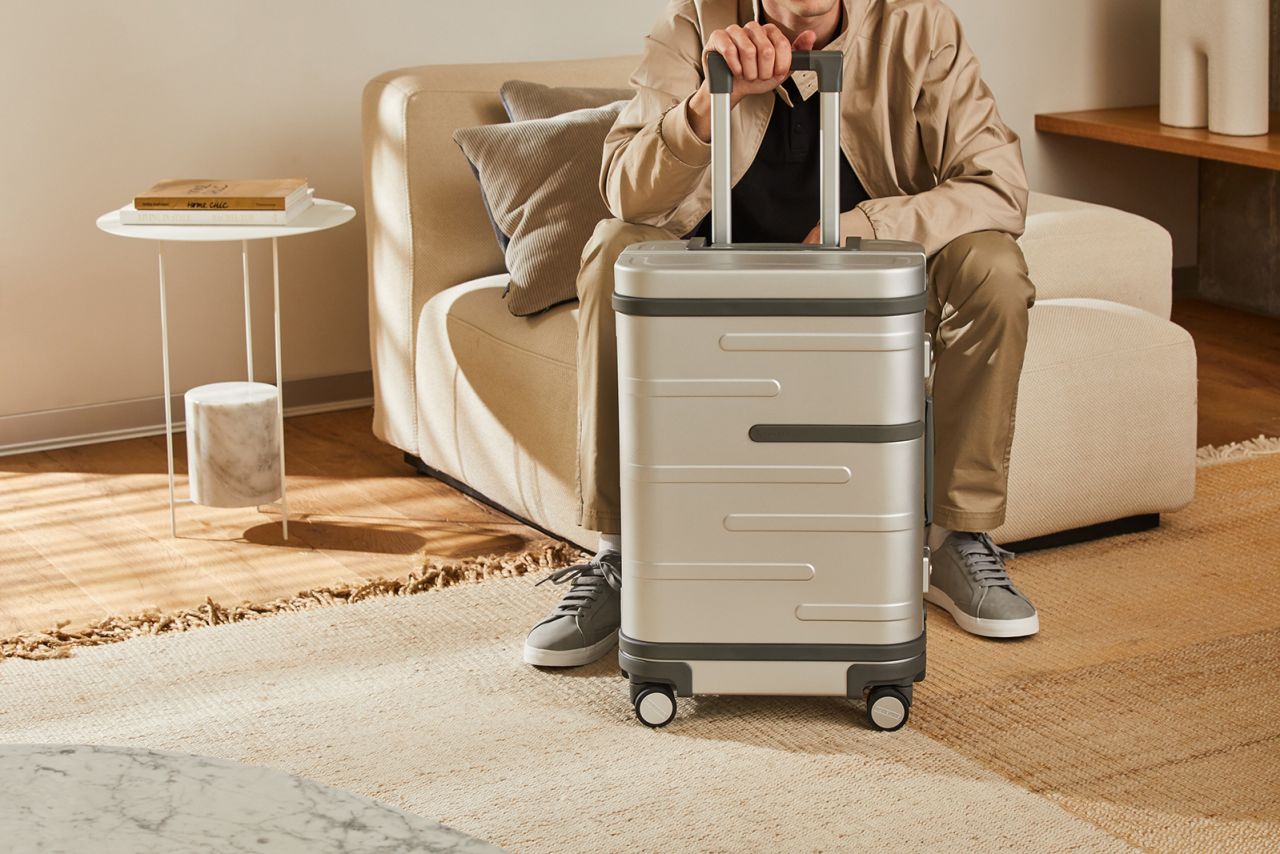
Have you arrived in a foreign country only to spend the first day of vacation stocking up on underwear, toiletries and essential clothing while your luggage takes an unexpected detour?
Given the millions of mishandled checked bags every year, it’s no wonder people are yearning for tech-savvy solutions to this common travel headache.
Some are turning to devices like SmartTags, Tile Pros and AirTags to keep track of their belongings. Others opt for sophisticated suitcases like the Samsara’s Tag Smart, which includes an integrated AirTag that syncs with Apple’s Find My app and uses Bluetooth to track the bag’s location.
Looking ahead, we’ll likely see digital bag tags containing RFID transmitters replace conventional paper tags – an evolution that would save time at check-in while simultaneously making tracking and identifying luggage easier for airlines.
Alaska Airlines, Lufthansa and Qatar Airways, among others, are ahead of the game, having partnered with Dutch digital bag tag pioneer BAGTAG. Such products enable travelers to register and activate their luggage tag at home, then drop luggage at a self-service kiosk and track it via an app.
Since tagging errors are just one reason for delayed or lost luggage, airlines and airports are also looking to solve common issues such as transfer mishandling, failure to load, ticketing errors and weather delays.
In the future, don’t be surprised if we see automated baggage handling, AI-powered bag recognition programs, AI security scanning and perhaps even an AI global database that links travelers with their bags – all solutions that could lead to fewer lost bags in the long run.
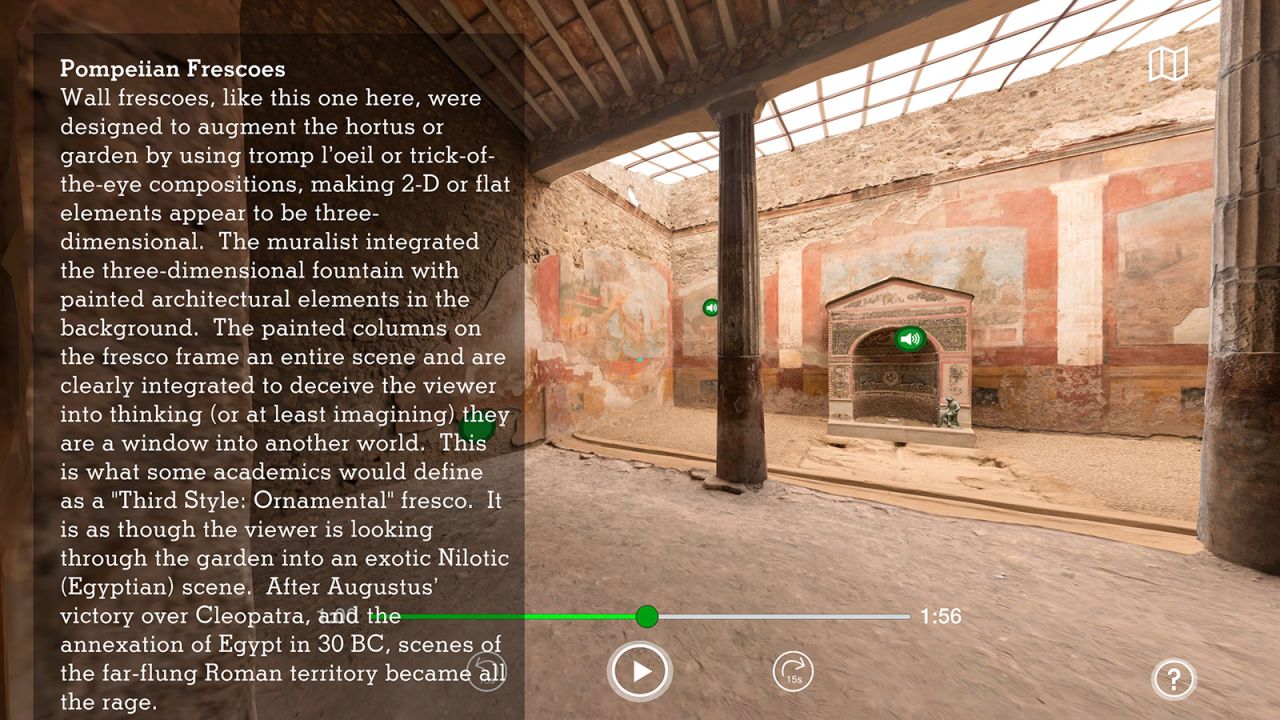
On a future trip to Europe, imagine exploring the Accademia Gallery in Florence guided by a talking “David” sculpture or embarking on a digital treasure hunt through the streets of Paris.
Requiring only a phone and internet connection, augmented reality (AR) can add another layer of intrigue to our travel experiences.
Specterras Productions, which strives to make the world’s natural and cultural wonders more accessible via technology, is already bringing such experiences to life.
“With AR, you can create animated busts at a museum – in the future, you’ll be able to walk up to a sculpture of Alexander the Great or Herodotus and interact with the art via your mobile phone, kind of like ‘Night at the Museum,” Michael Breer, chief creative officer at Specterras, tells CNN Travel.
AR and virtual reality (VR) became more mainstream during the Covid-19 pandemic when museums and destinations introduced interactive virtual experiences for would-be travelers.
What’s more, experimental artists like KAWS – known for his toy-like sculptures and collectables – famously embraced the technology in his “Expanded Holiday” project, which saw giant AR sculptures levitating in 12 cities around the world in 2020.
Breer says these technologies also enable people to explore parts of the world they might not be able to see in person.
“Economically, visiting places like Pompeii, Palmyra, Machu Picchu or the Great Barrier Reef is very difficult. So, for many people, VR and AR will provide a good substitute for these experiences,” Breer adds.
And in terms of planning, VR may also play a more vital role in decision-making in the future.
If travelers can explore a destination, hotel, restaurant or excursion via VR first, they will likely have more confidence when making reservations.
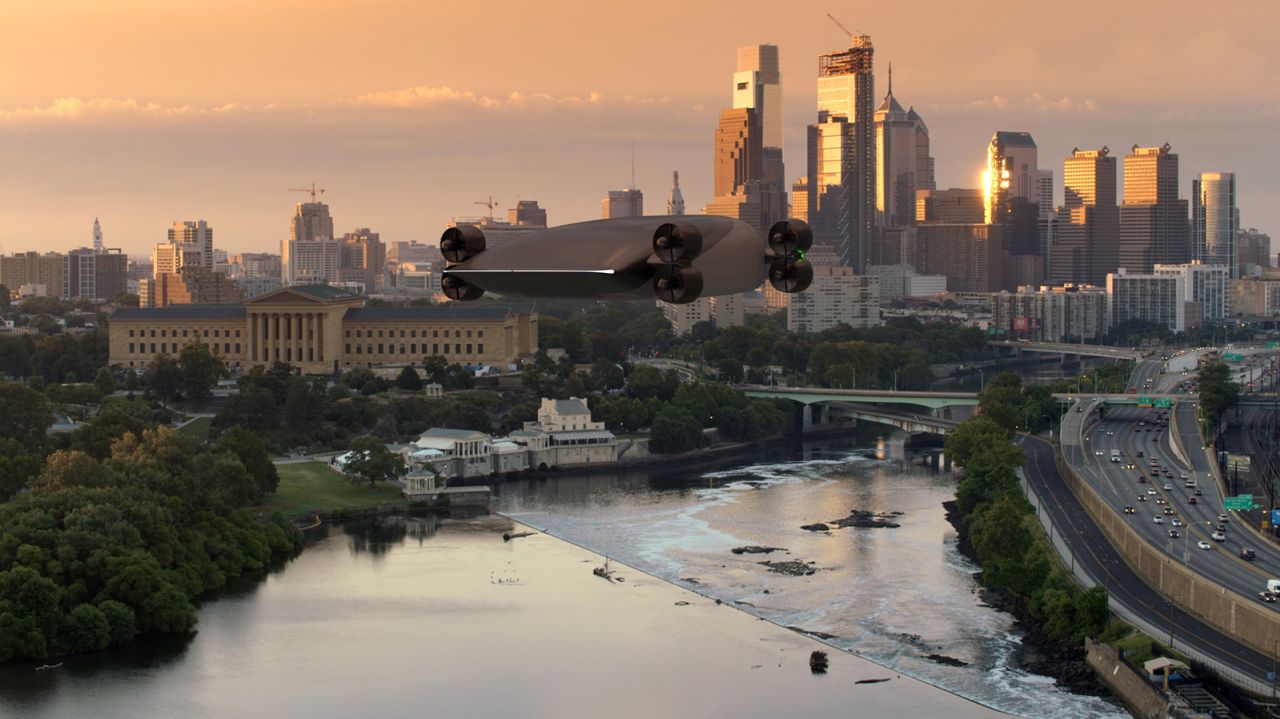
You’ve probably seen videos of passenger drones and eVTOL – electric vertical take-off and landing aircraft that don’t require a runway – taking over the internet.
These futuristic aircraft tend to be electric, ultralight and kitted out with autopilot software that makes it possible for everyday people to hop in the pilot seat – after an orientation session and VR flight simulation, of course.
That’s the strategy at LIFT Aircraft, which says that anyone can fly its amphibious HEXA aircraft in the US without a pilot’s license since it qualifies as an “ultra-light” vehicle under federal regulations. (That said, the Federal Aviation Administration recently proposed a comprehensive rule for training and certifying pilots of power-lifted aircraft.)
The aircraft offers many automated safety precautions like a collision-avoidance system, a triple-redundant flight computer and a ballistic parachute for the whole aircraft.
On track to start offering commercial flights in 2023, the company plans to let travelers fly the aircraft on short, scenic rides – about 8-15 minutes at a time – during a 25-city roadshow across the US.
In the future, customers will be able to find and book LIFT flights via a mobile app that provides flight simulation training, a proficiency test, a pre-flight checklist and ground crew support.
Other companies, like Ehang in China, are on a mission to alleviate traffic jams with flying taxi drones.
At the same time, New York-based Kelekona plans to offer flights on its battery-powered, 40-passenger drone bus as an eco-friendly alternative to mass transit.
Another notable company is Volocopter, which is on its way to bringing a fleet of electric air taxis to Singapore and Paris in 2024.
Then there’s the Jetson ONE – a single-person, all-electric eVTOL with auto-hover, stable flight and landing capabilities – which can fly for about 20 minutes up to 63 mph.
“A first application for a future flying car is to replace taxis in large cities,” Jetson co-founder Peter Ternstrom tells CNN Travel. “This will free up ground-level space and provide a much faster service for the passengers. The same goes for shuttle services from city centers to airports.
“Electric personal flying cars will revolutionize adventurous travel. Safaris, mountain tops, visiting Machu Picchu – all places that are currently difficult to get to will suddenly be possible.”

While some taxi services head into the clouds, others will stay firmly on terra firma – but with some serious upgrades.
Boston-based Motional, a joint venture between Hyundai and global tech company Aptiv, has seen some early success.
Available to public passengers in Las Vegas, Motional provides autonomous robotaxis (via Lyft and Uber apps) that can drop passengers at popular destinations on the Las Vegas Strip.
A person is still present in the robotaxi at the moment, but the cars are expected to become fully driverless later this year, the company tells CNN Travel.
Another company seeing momentum is Waymo (a subsidiary of Google’s parent company Alphabet Inc.), which has operated the first fully autonomous ride-hailing service in parts of Phoenix since 2020.
Available via the Waymo One app, the service has since expanded to downtown Phoenix, San Francisco and, next up, Los Angeles.
Of course, major players like Amazon, Tesla and Cruise are speeding forward in North America.
Amazon’s self-driving vehicle unit known as Zoox is being tested in San Francisco; an update to Tesla’s Full Self-Driving Beta software became available in mid-March, addressing the safety risks associated with an earlier recall; and Cruise has operations underway in San Francisco and Austin.
On the other side of the world, in China, tech giant Baidu began operating a fully autonomous ride-hailing service, Apollo Go, in cities like Beijing, Chongqing and Wuhan in 2022 and plans to expand rapidly in 2023.
“Autonomous ride-hailing service is gradually becoming part of people’s everyday lives,” a Baidu spokesperson tells CNN Travel. “In cities like Beijing, Shanghai and Guangzhou, each robotaxi on Apollo Go can complete more than 15 rides per day on average.”
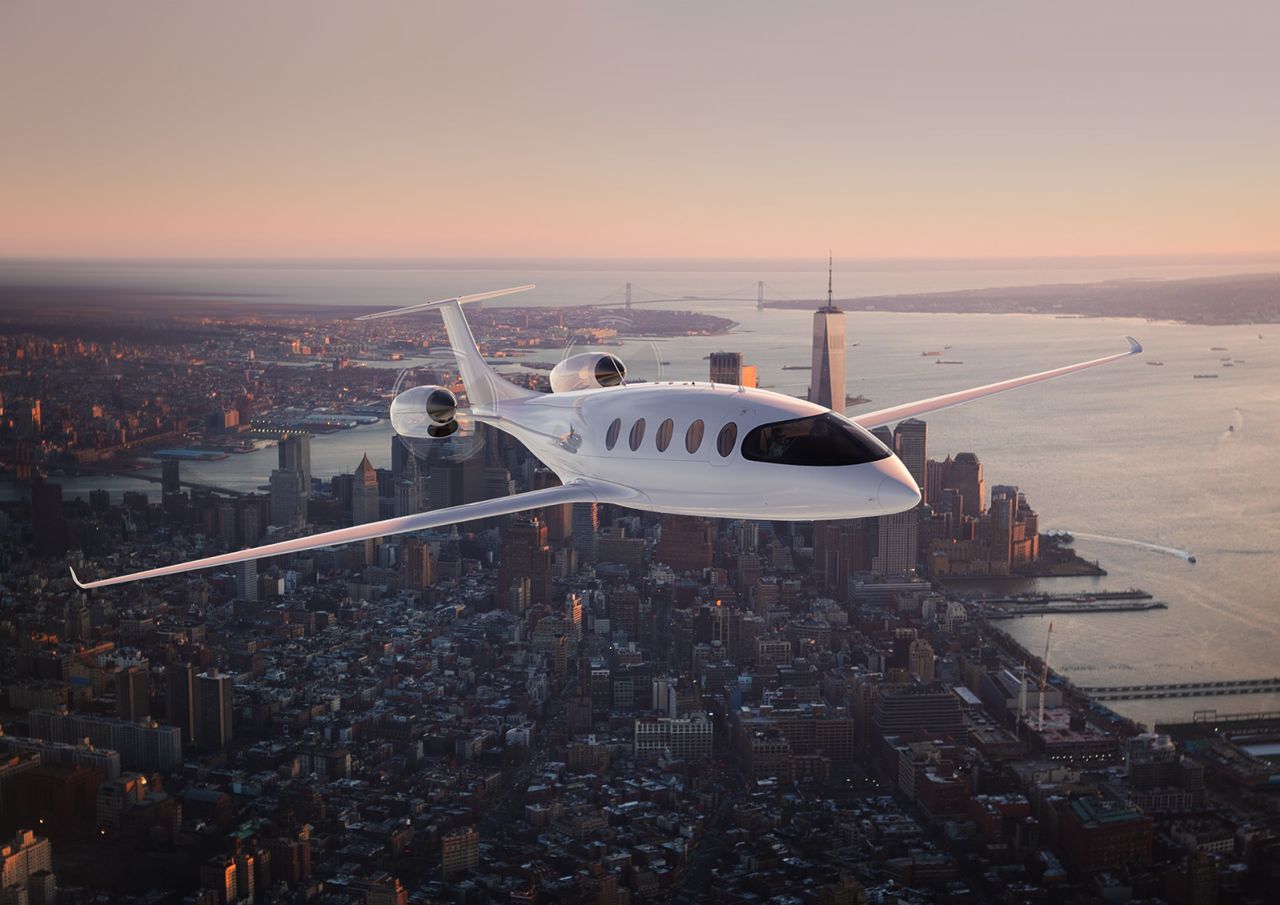
And since Overture will fly at a higher altitude than today’s aircraft – up to 60,000 feet – travelers would get to see the curvature of the Earth through the windows.
So far, several major airlines, including American Airlines, United and Japan Airlines, have placed orders for Overture, signaling industry confidence in the future of supersonic.
We’ll have to be patient, though – Boom plans to commence aircraft production in 2024, conduct test flights in 2027, and achieve certifications to carry passengers as early as 2029.